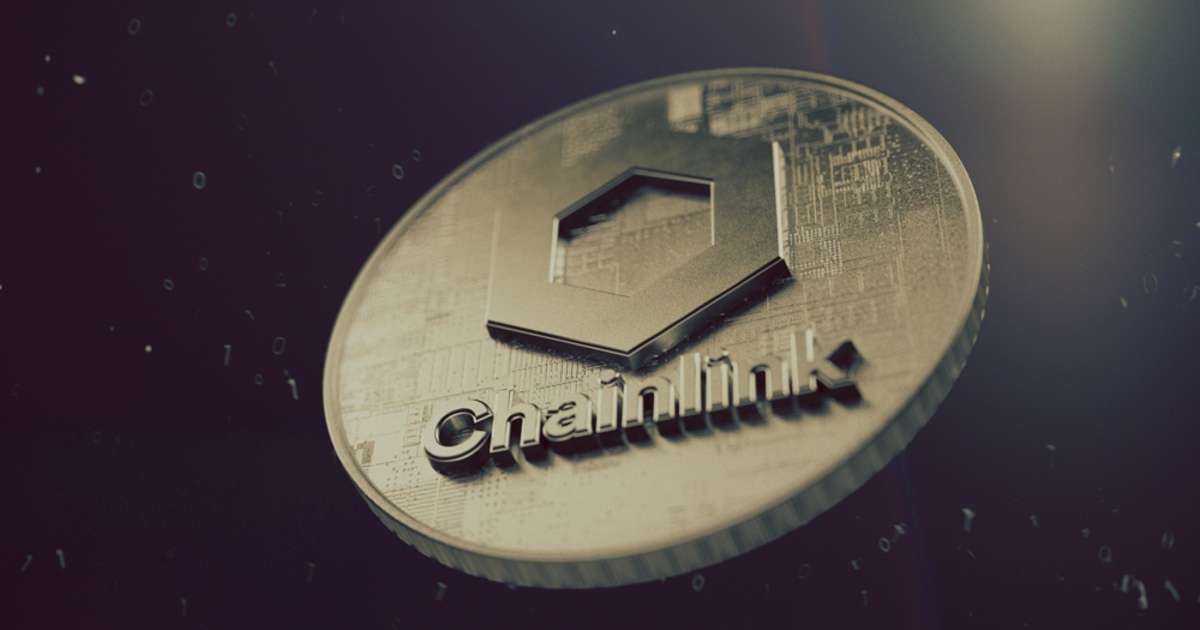Is Bitcoin Dead? Here are the basic shows

The price of Bitcoin
An Uber Eats courier wearing a protective mask passes in front of a Bitcoin exchange store in Krakow … [+]
According to the Bitcoin content website 99 Bitcoins, 17 credible news sources and celebrities have announced that Bitcoin is dead in 2022, with the latest article from the American left-wing magazine Jacobin.
If the price of oil – another commodity – crashed by 55.55% in six months, would you say the oil is dead? Any sensible stakeholder in the oil market will consider the basics of the oil market, such as demand, supply, government policy, competing energy sources and so on. If all the factors turned out to be relatively positive, the fall in prices would begin to look like an opportunity. So, what are the most important Bitcoin basics to keep in mind?
Bitcoin hash rate
This refers to the total amount of computing power used by the Bitcoin network. It helps Bitcoin stakeholders estimate the network’s level of decentralization and security. According to the digital asset company Blockchain.com, the Bitcoin hash rate has been in a bullish trend, reaching a record high on June 12, 2022.
This indicates that the amount of computing power dedicated to supporting the Bitcoin network is approaching its all-time high and that the Bitcoin network has never been more secure.
When the price of Bitcoin fell below $ 20,000 two weeks ago, some miners drove out Bitcoin at a loss, according to the cryptocurrency ranking platform CryptoRank.io. That is, the cost of extracting one Bitcoin was significantly higher than the price of Bitcoin. So why should miners push the hash rate to an all-time high when the value of each Bitcoin mined was close to or less than the cost of production?
Bitcoin supply
Bitcoin’s supply is limited to 21 million coins. However, the total access to Bitcoin is a little more than 19 million, while the remaining two million have not yet been extracted. Around one million bitcoins mined by Satoshi Nakamoto have never left their original wallet and are believed to be locked forever.
People have misplaced the private keys to their Bitcoin wallets over the years. If the keys are never recovered, the Bitcoin stored in these wallets may be lost forever. This means that there are many more Bitcoins out of circulation. This makes Bitcoin the most difficult resource to obtain because it is expensive to produce more (read mining), and it has a hard market value of 21 million.
Institutional use of Bitcoin is on the rise, and several institutions are looking to add a certain level of Bitcoin exposure to the balance sheet. This is an indication that the offer will be tighter.
Bitcoins Lightning Network
This refers to a second layer built on the Bitcoin network that allows Bitcoin transactions to take place outside the blockchain. It speeds up transactions and reduces transaction costs. Lightning Network solved Bitcoins’ scalability problem. The world can use the Lightning Network to execute millions of Bitcoin transactions per second and make micropayments at extremely low transaction fees.
According to Arcane Research’s The State of Lightning Volume 2 report, Lightning Layer is fast becoming the technology behind Bitcoin becoming the Internet’s original currency, as the number of users grows exponentially and the number of lightning transactions approaches 4000 Bitcoin.
Paco De La India, an Indian who travels to 40 countries in 400 days with only Bitcoin, is one of the best examples of the power of Lightning Network. He is currently on day 282 and often uses Bitrefill to use Bitcoin on the Lightning Network. Bitrefill is a fintech company that allows you to buy products and pay for services by taking your Bitcoin equivalent and paying the provider in their original currency.
Regulation of digital assets
Governments around the world are softening their stance on digital assets and putting in place regulatory frameworks to leverage this technology. While some governments, such as El Salvador and the Central African Republic, pursue full-scale adoption, others simply regulate cryptocurrency exchange and tax cryptocurrency gains.
The most notable regulations are Australia’s two spot Bitcoin ETFs (exchange traded funds), Binances Dubai license, The Purpose spot Bitcoin ETF in Canada, and the EU’s current legal package for managing digital assets.
A majority of companies wishing to add Bitcoin exposure to the balance sheet are unable to do so due to their respective authorities’ ban on Bitcoin transactions or the lack of a regulatory framework.
As more jurisdictions establish a regulatory framework for digital assets, more institutions and individuals will have the confidence and the right structures to use Bitcoin and other digital assets.
The above factors have not reasonably changed negatively to support a massive fall in prices. There are other factors that affect Bitcoin, such as the correlation with equities, that can be used to explain the massive fall in prices, but the basics associated with the Bitcoin network and its use appear to improve over time. It is clear that the factors discussed above indicate that Bitcoin is not dead.
Cryptocurrency exchanges may also have contributed to the massive fall in prices by practicing re-mortgaging and selling paper bitcoin to unsuspecting customers. The latest measures from large crypto exchanges that limit customers ‘ability to withdraw their assets indicate that customers’ requirements for exchanges are higher than the assets that the exchanges have.
Disclosure: I own bitcoin and other cryptocurrencies.























